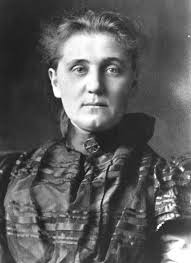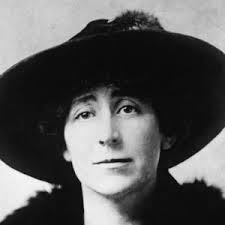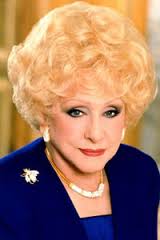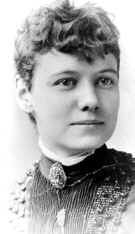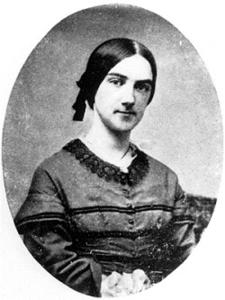
Ellen Swallow Richards was a trailblazer in science for women, primarily interested in using her knowledge of chemistry to benefit the health and safety of the average person. Ellen enrolled in Vassar College in her mid-twenties where she obtained both a bachelors and masters degree. As a woman, she was classified as a “special student” by the college, but she had the encouragement of Maria Mitchell (previous post) behind her. Ellen had difficulty finding work in her field of chemistry, so she applied instead to the Massachusetts Institute of Technology, becoming the first women to be admitted. During her time at MIT, she became aware of increasing tensions between those who supported feminism and those who didn’t and of the poverty, filth, and diseases that filled the city. Ellen became an unpaid instructor at the laboratory for women at MIT built by the Women’s Education Association where she taught chemistry, biology, and mineralogy to bright young women. She also became an instructor at the Lawrence Experiment Station which was built to study the sanitation of Massachusetts’ water supply and established the first water quality standards and modern sewage treatment plant in the country. She continued to study the sanitation of water, air, food, and even materials and desired to apply the principles of science to everyday life through what she called “home economics.” To Ellen, if women were to be the ones who prepared meals and cleaned house, they should be well versed in how to prepare food in a safe and nutritious manner and how to keep a house free of diseases. Many believed that to educate women was to remove them from their traditional roles, but Ellen believed the two realms of education and domesticity could coexist happily. She was also living proof of what the female mind was capable of, and she hoped improved household efficiency would allow women more time to pursue other activities. Ellen Swallow Richards was not only a pioneer in science and a promoter of higher education for women, but she was also a scientist who used chemistry FOR women’s benefits, both by improving sanitation for everything we consume or touch and also by making domestic work a little easier. It may seem a small thing to us now, but even accepting that women should understand science at all was a big step toward toward equal rights and opportunities.
Today, be inspired to…Support women, whatever choice they make. We fought for the right to choose, whether we want to be CEOs, artists, teachers, doctors, homemakers, soldiers, or politicians, and it isn’t right that we judge each other so harshly on our choices. We’re all different, and we’re all always going to prefer different lifestyles.
Photo credit: chemheritage.org
